Fabiana Nunes is a Brazilian photographer based in Zurich, Switzerland. Having worked in the fashion…
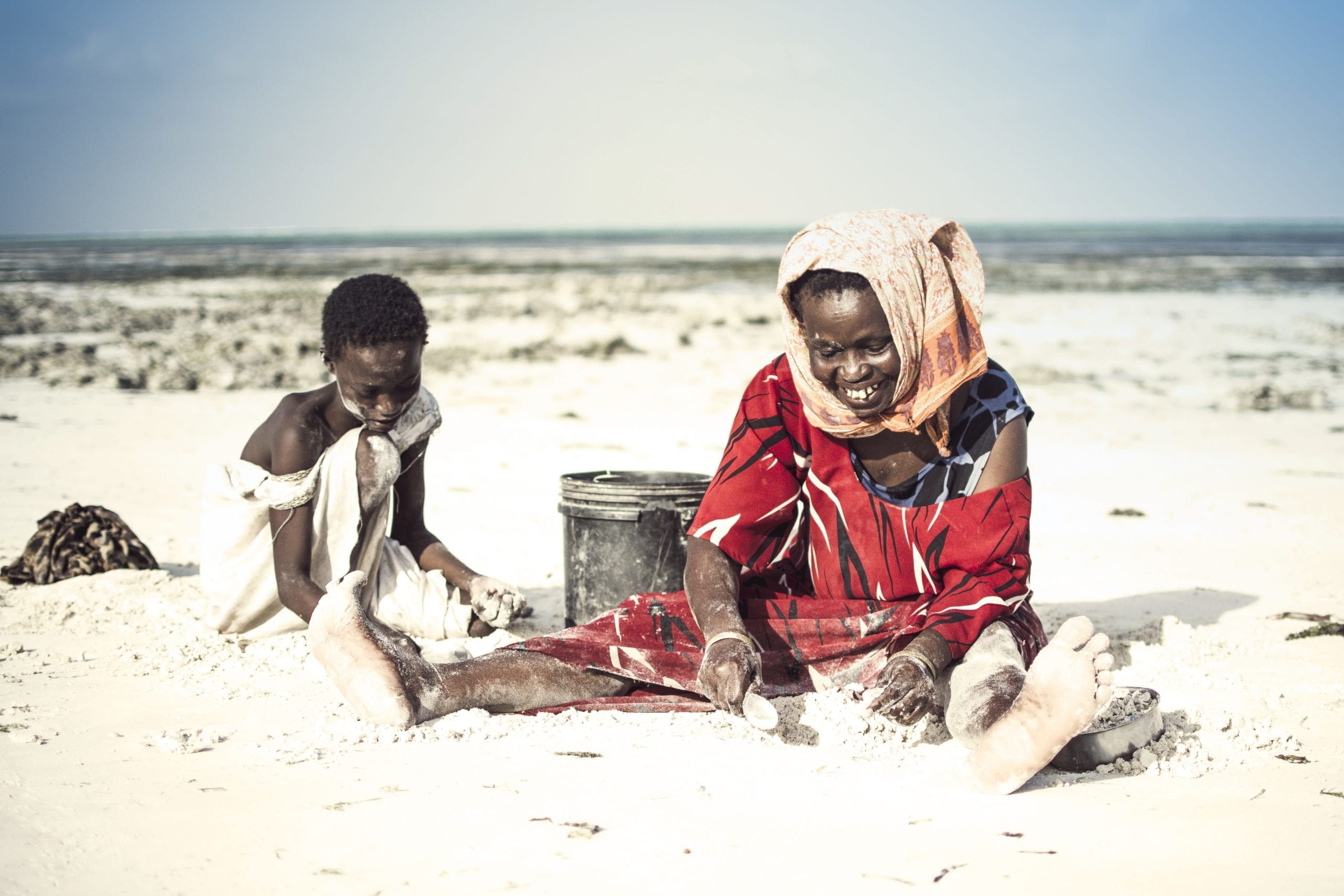

Fabiana Nunes is a Brazilian photographer based in Zurich, Switzerland. Having worked in the fashion…
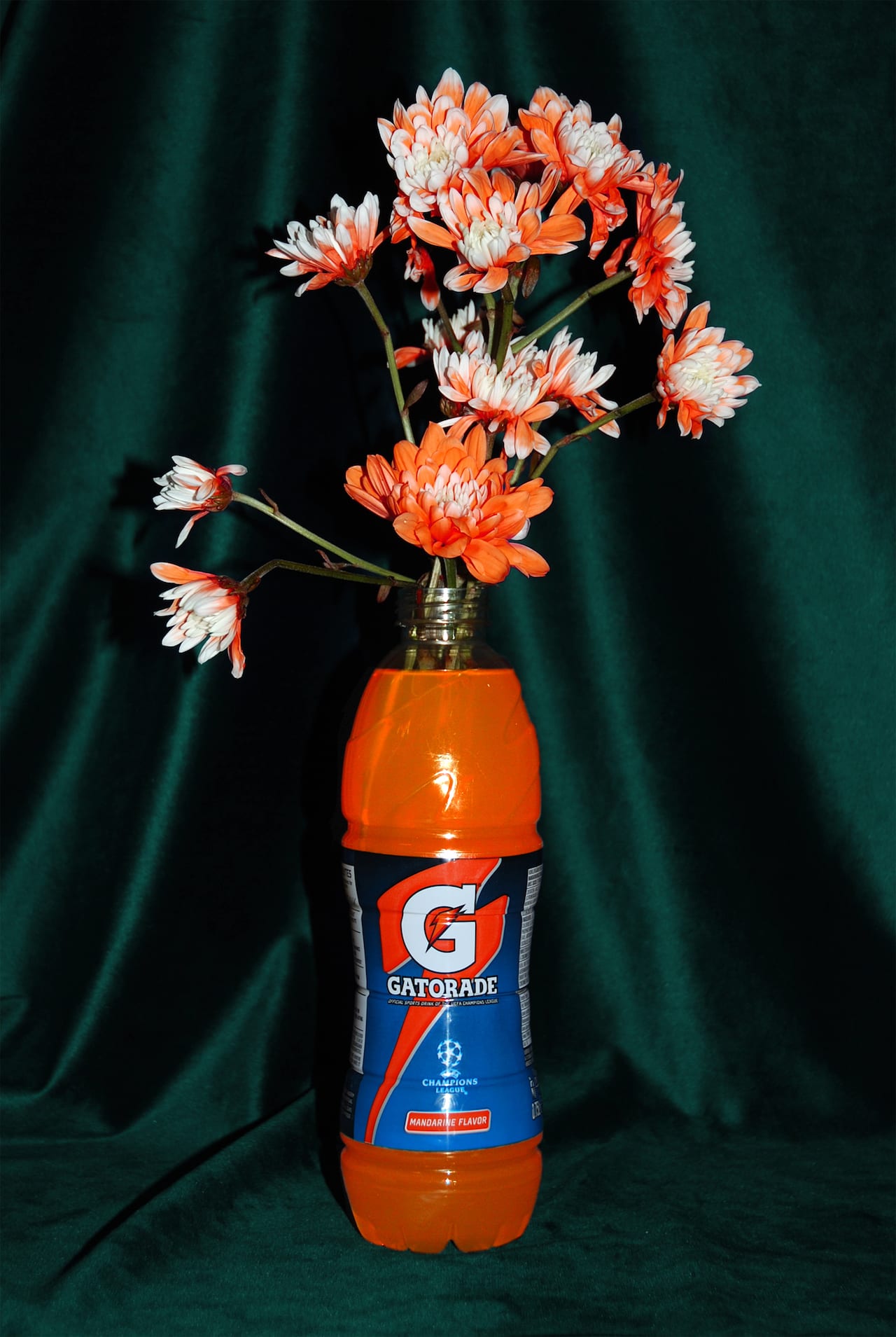
What happens when you put a white flower in a vase of coloured water? It’s an experiment some of us might fondly remember from our childhood, magically transforming a bunch of flowers with a dash of food colouring.
But the results are a little more frightening in a similar experiment by French artist Cornelius de Bill Baboul, as his flowers suck the colour out of sugary energy drinks. “I think they look a little bit like dancers,” he says. “Like kids on ecstasy in a techno club celebrating the end of the world”.
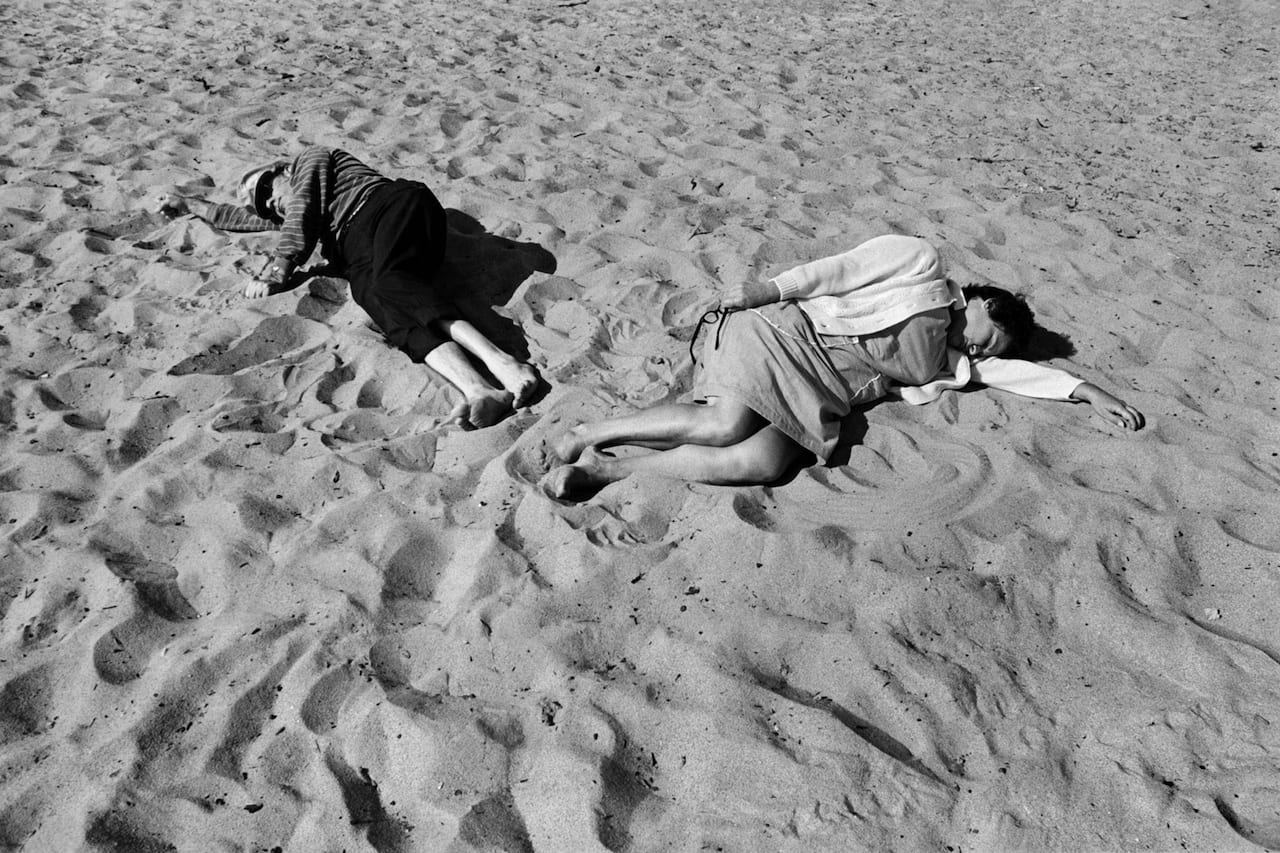
“People always ask me why I stopped photographing people,” says Anthony Hernandez, who in the…
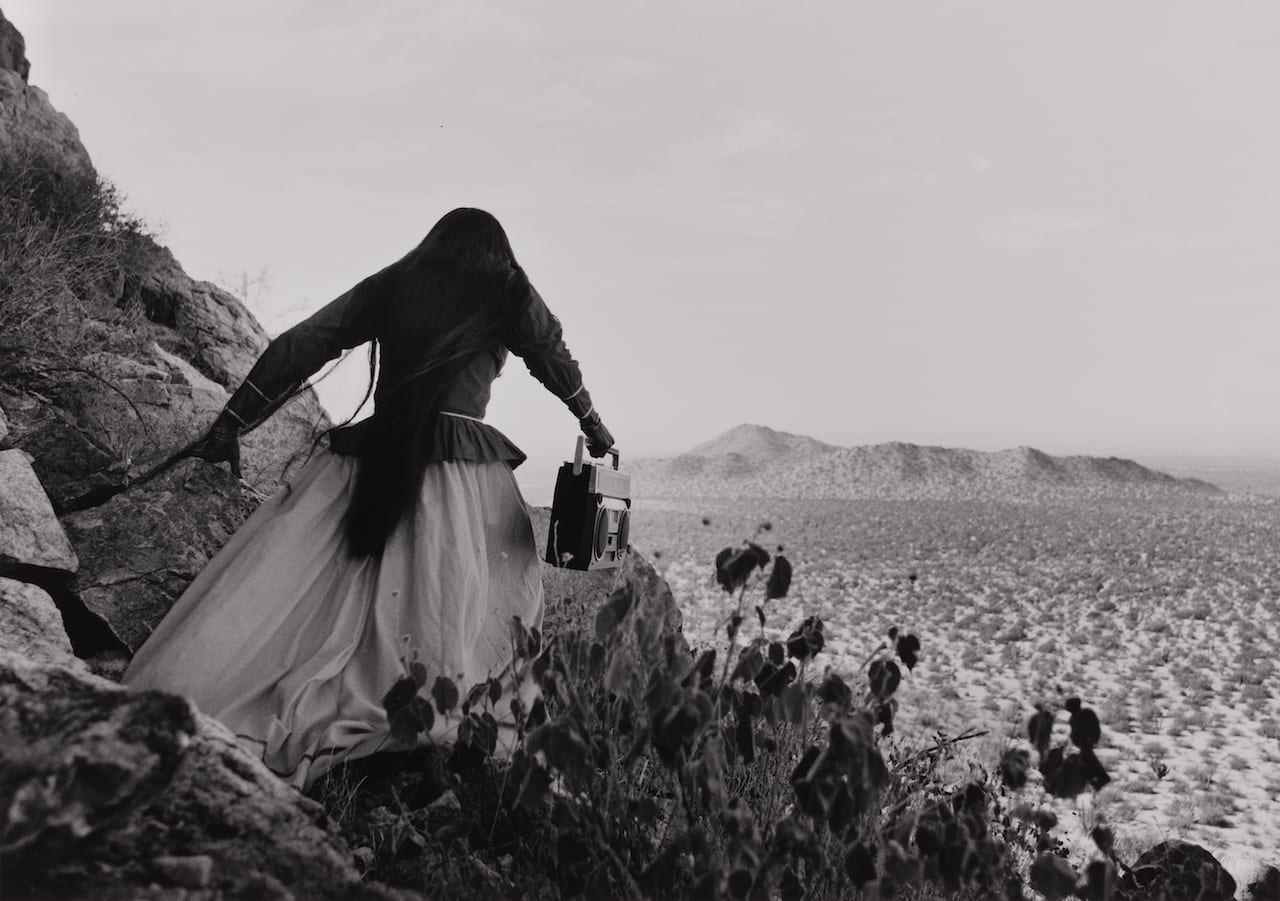
Behind a shop vitrine, a human skull, wearing a helmet adorned with a swastika, grins. Next to it, an animal – apparently taxidermic – stands rigid on the floor. The silhouette of a pair of legs belonging to a passer-by on the street reflects in the glass. Above this desultory display, a banner stuck to the top of the window reads, “Mexico… ¡quiero conocerte!”. In this single photograph, taken in 1975 in Chiapas, Graciela Iturbide projects her vision of Mexico: a country of political, religious, social, cultural and economic pluralities and tensions. A place where contrasts present themselves at every turn – sometimes harmonious, sometimes tense.
It is this multilayered image of Mexico that Iturbide has slowly peeled back and revealed through her photography over the last five decades. She has travelled extensively across her own country, between urban and rural landscapes, living with different communities, and moving from the physical to the transcendental, the ancient to the contemporary, witnessing and experiencing the juxtapositions intertwined in Mexican culture.

JA (or Jim) Mortram was born in 1971, and studied art in Norwich. In his third year of college he dropped out to become the primary carer for his mother, who has chronic epilepsy, in a small market town in Norfolk called Dereham. In 2006 he started shooting people in and around Dereham, focusing on those facing disadvantages and social exclusion; he went to create a blog called Small Town Inertia, featuring his images and their words. The blog was critically acclaimed early on, and in 2013 Mortram was one of BJP’s Ones to Watch. Mortram has made publications of three of his stories with Cafe Royal Books, and recently published the book Small Town Inertia with Bluecoat Press. The exhibition Small Town Inertia is on show at Side Gallery, Newcastle from 12 January – 24 March
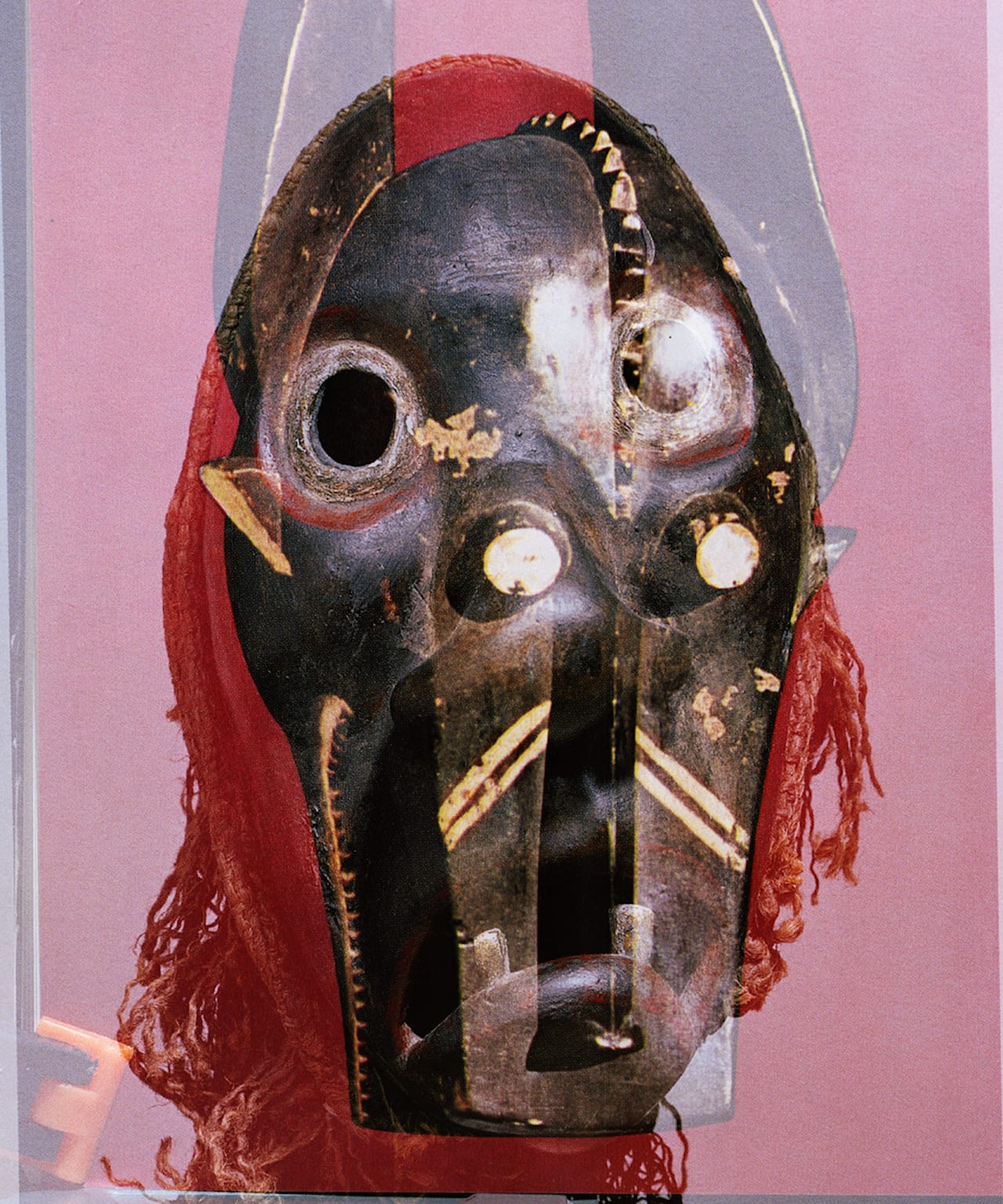
For his new book, Swiss artists Michael Etzensperger makes double exposures of pictures of masks from books of masks from all over the world. Historically, one of the most significant uses for photography is in the reproduction of historical and cultural artefacts for books. Studies such as art history and anthropology were hugely progressed by the invention of the camera, creating a largely overlooked photographic genre that has been the on-going concern for Swiss artist Michael Etzensperger.
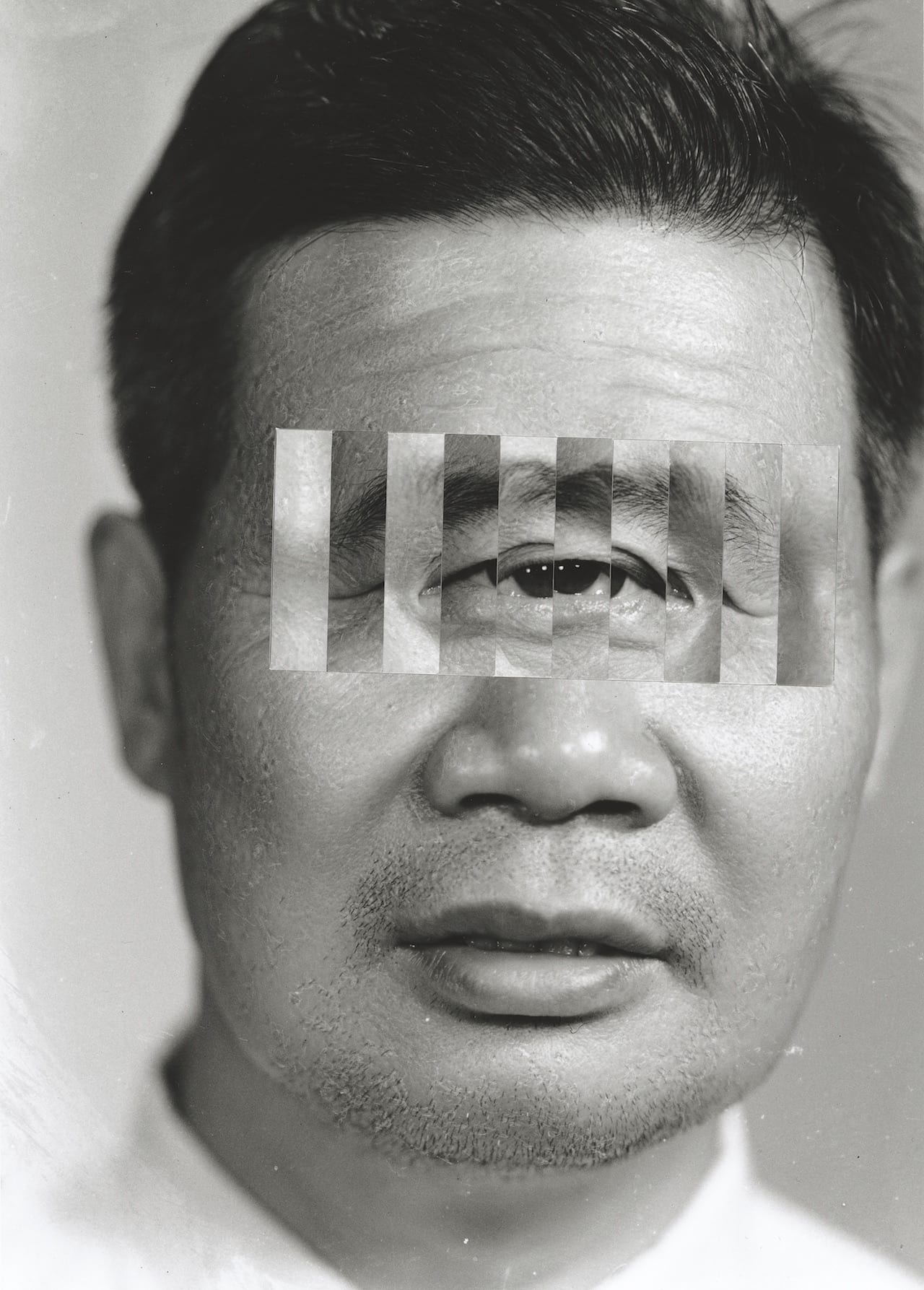
The collages of Kensuke Koike have been one of the purest forms of visual pleasure over the last two years. Videos of his working process on his Instagram account show him making miraculous reinventions of images with a single rip (his smoking woman), with a pasta machine (his dog), and with three-dimensional transformations (his sinking boat). It’s work that attracts because it seems so simple.
Take an old portrait of a loving couple, cut their eyes out, switch them around and the relationship takes a new direction. Cut a circle around the middle of a face, offset it a couple of inches, and you’re left with a pathway to that person’s interior. These are pictures that seem simple, but link up to ideas of image compression, ways of seeing, facial recognition and visual agnosias. It’s The Man who Mistook his Wife for a Hat in photographic form.
Koike’s work has attracted a loyal following, inspired countless copycat activities at photography workshops around the world, and invited collaborations from parties ranging from Gucci to Thomas Sauvin of Beijing Silvermine. It’s the Sauvin collaboration that resulted in Koike’s latest work, a book launched in November. Titled No More No Less, the publication came about after Koike was invited to work with Sauvin’s archive of old images that he recovered from Beijing silver-recycling centres.
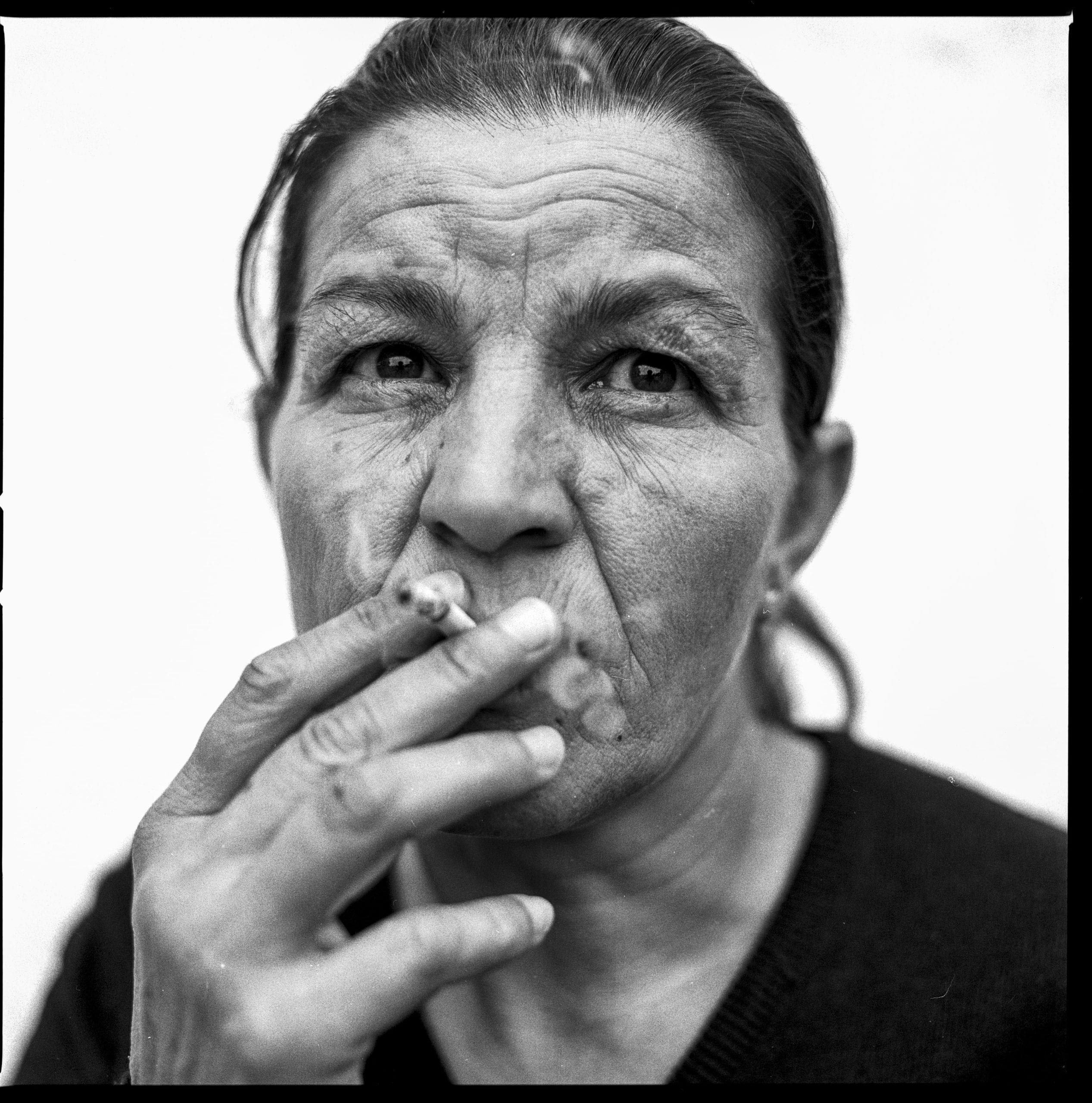
Portrait of Humanity provides photographers with the chance to share portraits of everyday life around…

David Levene has spent many years photographing for The Guardian, and in particular for their…